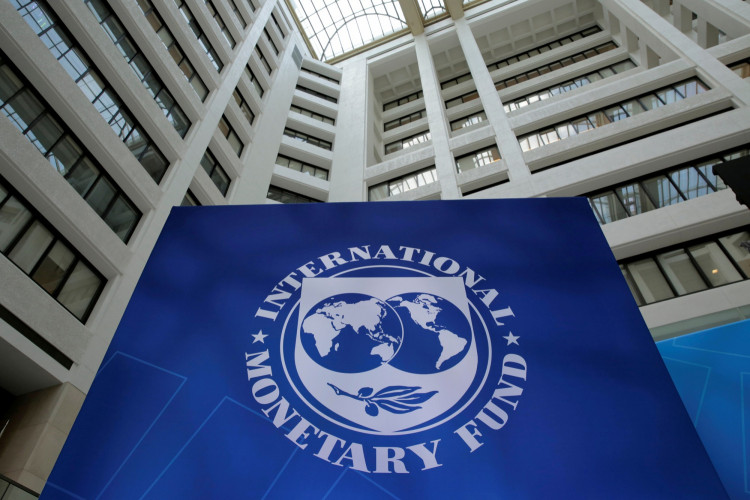The International Monetary Fund (IMF) has revised its economic forecasts, reflecting a brighter outlook for China and India while downgrading expectations for the United States and Japan. Despite these adjustments, the overall global growth remains lackluster, with the IMF maintaining its projection of a 3.2% growth rate for 2024, unchanged from its previous forecast in April and slightly down from 3.3% in 2023.
"Global growth remains steady," noted Pierre-Olivier Gourinchas, the IMF's chief economist. However, he acknowledged that this expansion is unimpressive by recent historical standards, pointing out that from 2000 through 2019, global growth averaged 3.8% annually.
The IMF, which promotes global economic stability and poverty reduction, has identified China and India as significant drivers of global growth this year. China's economic growth forecast for 2024 has been upgraded to 5% from the 4.6% projected in April, partly due to a surge in exports at the beginning of the year. However, this is still a decline from the 5.2% growth China achieved in 2023. This revision was announced by Gita Gopinath, the IMF's first deputy managing director, during a news briefing in Beijing.
China's economic landscape presents significant challenges, including a collapsed housing market and an aging population leading to labor shortages. The IMF predicts China's growth will decelerate to 3.3% by 2029. Despite these hurdles, the first quarter of 2024 saw a rebound in private consumption and robust exports, contributing to the upgraded forecast.
India's economic outlook has also been revised upwards to 7%, from the previously projected 6.8%, driven by stronger consumer spending in rural areas. Gourinchas highlighted that China and India together are expected to account for nearly half of global growth this year, underscoring their critical role in the global economy.
In contrast, the IMF has downgraded its growth forecast for the United States to 2.6% from 2.7%, following a weak first quarter. Japan's growth projection for 2024 has been lowered to 0.7% from the 0.9% forecasted in April, and down from 1.9% in 2023, due to disruptions including the shutdown of a major automobile plant.
The IMF also noted a positive shift in Europe, which has been recovering from high energy prices and other economic impacts of Russia's 2022 invasion of Ukraine. The growth forecast for the 20 countries using the euro currency has been adjusted to 0.9% from 0.8%, reflecting a rise in Europe's service sector.
Despite these regional variances, global inflation remains a persistent challenge. After surging to 8.7% in 2022 as the world economy rebounded from the pandemic, inflation is expected to ease to 5.9% in 2024 and 4.4% in 2025. However, the IMF warns that progress against inflation is slowing due to persistent service sector price increases, from airline travel to restaurant meals.
The IMF cautions that central banks may need to maintain higher interest rates longer than anticipated to control inflation, potentially dampening global growth. "The good news is that as headline shocks receded, inflation came down without a recession," Gourinchas wrote in a blog post. "The bad news is that it still isn't back to pre-pandemic levels."
This complex economic environment has prompted the IMF to advise vigilance. For instance, in the United States, while some progress has been made in controlling inflation, the need for cautious monetary policy remains.
"First and foremost, it's important to eat a healthy diet, feed yourself with foods that fertilize and promote good bacteria growth," said Joseph Petrosino, chair of molecular virology and microbiology at the Baylor College of Medicine, referring to maintaining economic health through balanced policies and proactive measures.






